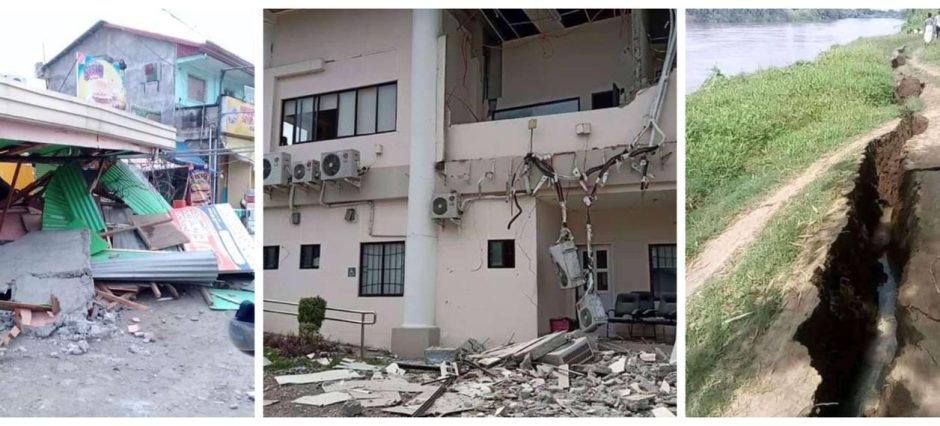A powerful 6.9-magnitude earthquake struck near Mati in Davao Oriental, Philippines, on Friday, causing concern among residents and triggering alerts across nearby regions.
According to early reports, the quake’s epicentre was located 56 kilometres below the surface, indicating a moderately deep earthquake that could be felt across several parts of the southern Philippines.
The Philippine Institute of Volcanology and Seismology (Phivolcs) confirmed that tremors were recorded in the Davao region, one of the country’s most active seismic zones. Although the quake was strong, authorities have not yet reported any major damage or casualties.
The initial seismic activity was first detected by Indonesia’s Meteorology, Climatology and Geophysical Agency (BMKG), which closely monitors regional tectonic movements due to the shared geological boundaries between Indonesia and the Philippines.
Residents in several coastal towns reported feeling intense shaking, prompting some to move to higher ground out of fear of possible aftershocks or a tsunami warning. However, no official tsunami alert has been issued so far.
Local disaster response teams have been placed on high alert, and assessments are ongoing to determine the full extent of the impact. Emergency authorities have urged citizens to stay calm but remain prepared for potential aftershocks in the coming hours.
The Philippines lies along the Pacific “Ring of Fire”, a highly active zone known for frequent earthquakes and volcanic eruptions. This region experiences hundreds of quakes each year, most of them mild, though powerful ones occasionally cause widespread destruction.
In related developments, Palestinian President Mahmoud Abbas recently welcomed the Gaza ceasefire agreement, calling it a step toward regional peace a reminder that both natural and man-made crises demand collective efforts for safety and stability
Friday’s earthquake comes only weeks after another strong tremor shook parts of Mindanao, raising concerns about increased tectonic activity in the southern islands. Experts say these recurring quakes highlight the need for strict safety protocols and infrastructure resilience in earthquake-prone areas.
Regional coordination between Indonesia and the Philippines continues as both countries share seismic data to improve early warning systems and minimize disaster risks.
Meanwhile, global leaders have extended messages of solidarity to the Philippines, emphasizing the importance of regional cooperation in disaster preparedness and response.











